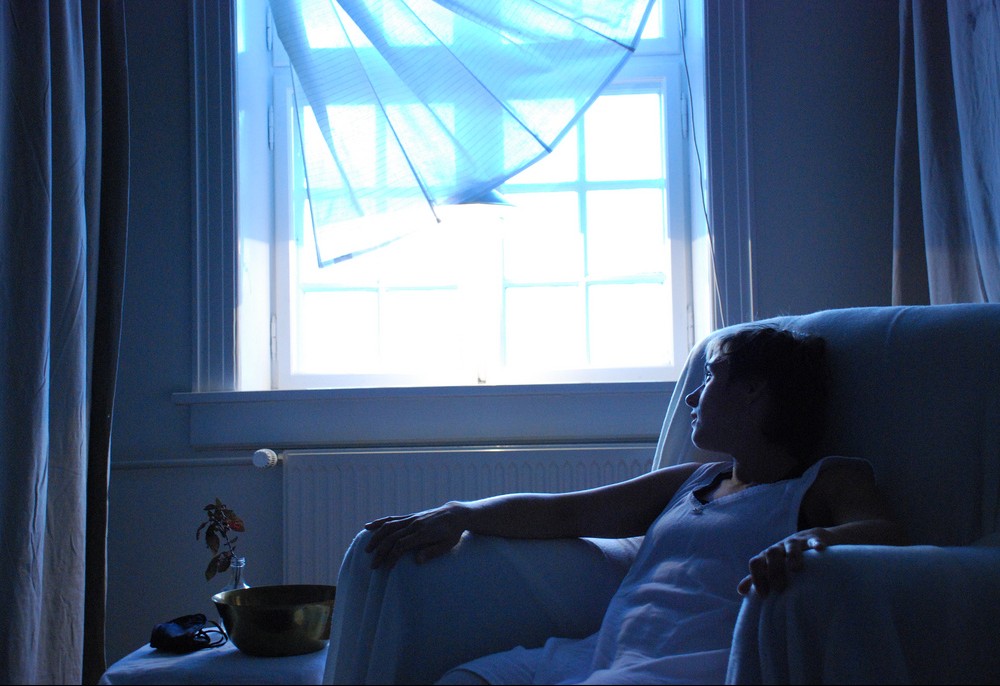
Multiple sclerosis
Around 2.5 million people worldwide are affected by multiple sclerosis, an auto-immune disease affecting the brain, spinal cord and optic nerve. In this disease, the myelin sheath, a protective covering around the nerves is destroyed, disrupting the flow of the nerve impulses. This can lead to problems associated with muscle control and strength, balance, vision and sensation. It has been seen that multiple sclerosis is two times more likely to affect women than men. Scientists feel that genetics may be playing a role in this. Research has shown that women have a higher chance of having a gene variation which may lead to increased production of a protein, interferon gamma. High levels of this protein may promote inflammation and damage to tissues thereby aggravating multiple sclerosis.
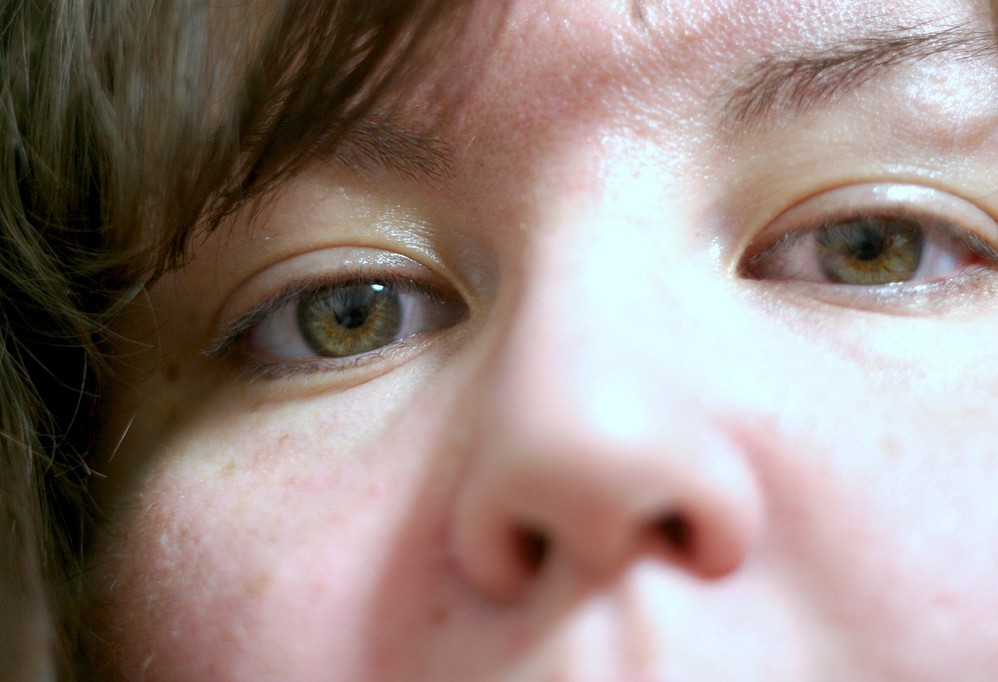
Lupus
According to the Lupus Foundation of America, more than 90% of the patients suffering from lupus are women. It is around ten times more common in women than men. Most of the women affected by lupus are between the ages of 15 and 45. The ratio of lupus affecting women to men in this age group is 9 to 1. However, after menopause, this ratio of lupus in women to men falls down to 2 to 1. This shows that the incidence of lupus in women is directly related to their exposure to estrogen. As the estrogen levels fall, so does the incidence of lupus in women. Research has shown that estrogen has a stimulatory effect on the immune system of the body. It stimulates cytokines, prolongs the process of apoptosis, and increases the survival of B cells. All these features together, rev up the immune system and may lead to lupus, an auto-immune disease.
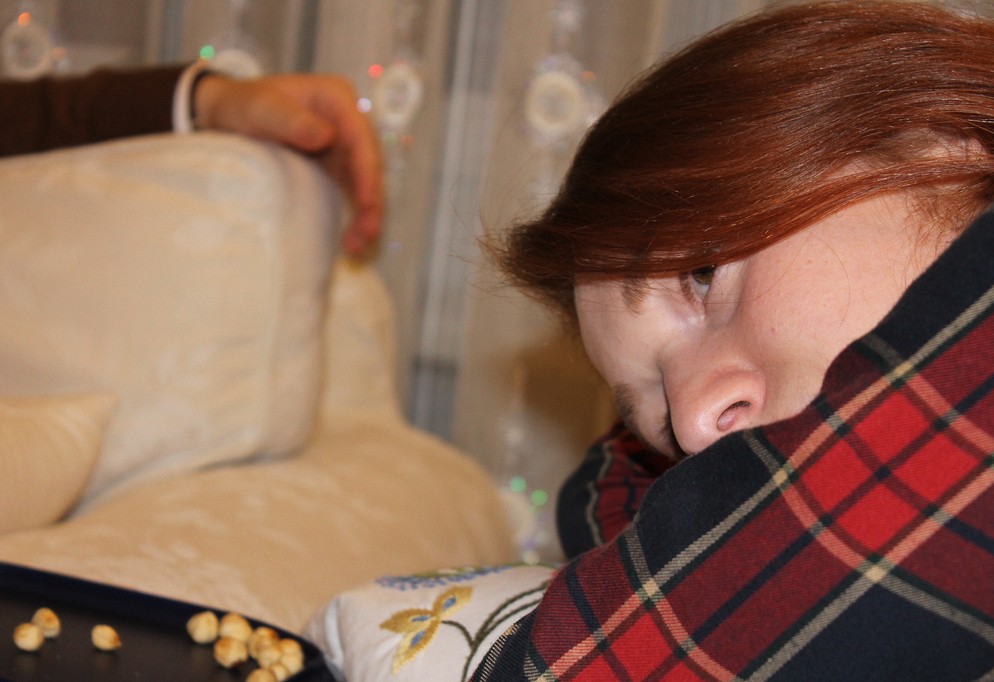
Chronic Fatigue Syndrome
Chronic Fatigue Syndrome, as defined by the Centers for Disease Control and Prevention, is a devastating and complex disorder characterized by extreme fatigue not relieved by rest, muscle pain, sleeplessness and memory loss. It has been seen more than 60% of the patients suffering from this condition are women. The disease is four times more likely to affect women and differences in brain chemistry and hormones between men and women have been attributed for the higher preponderance of the condition in women. It has been seen that women suffering from chronic fatigue syndrome often get better when they are pregnant. This again corroborates a possible hormonal link.
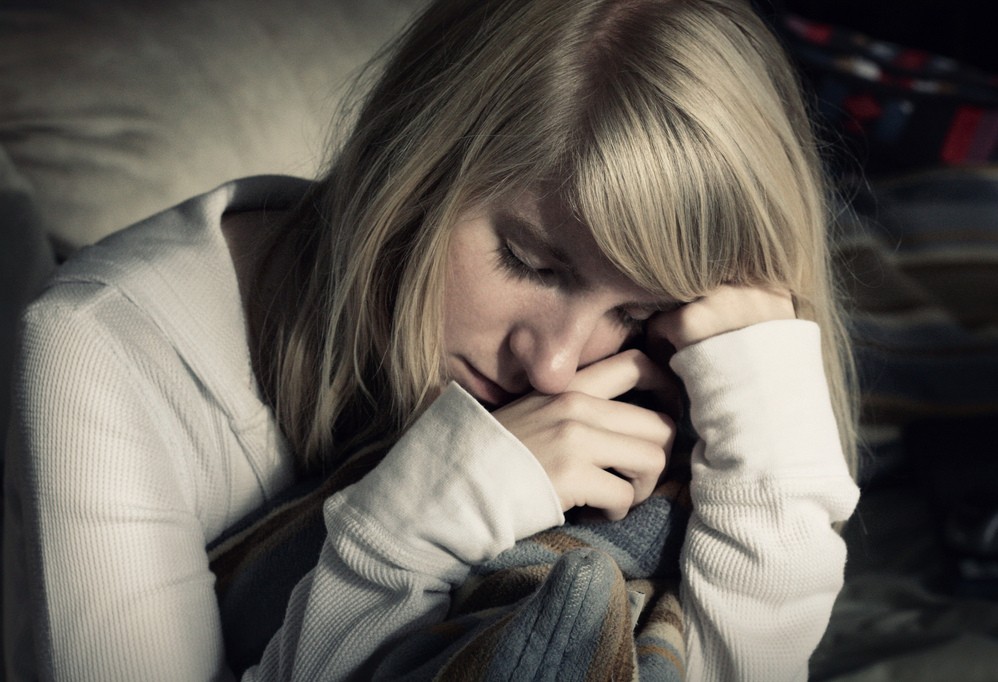
Depression
According to experts from Mayo Clinic, one in every five women suffers from depression in their lifetime. The prevalence of depression is twice as common in women as in men. However, the reason behind this gender difference is not very clear. Scientists speculate that it could be because of both biological and psychological differences between the two genders. Women undergo menstruation, pregnancy and childbirth during which they bear considerable hormonal fluctuations. These may be a cause behind depression. According to psychologists, women tend to have a more ruminative thinking. This increases their chances of suffering from depression. They, unlike men, are more likely to confide their problems to their doctor. So, the chances of them being diagnosed with depression become high. Moreover, women tend to have a longer life span compared to men. Problems related with old age may also lead to higher rate of depression in women.
- Important notification about information and brand names used in this slideshow!
- Photo courtesy of Shanon Wise by Flickr : www.flickr.com/photos/shanonwise/4122341949/

Celiac Disease
Celiac disease in a condition in which the immune system of the body reacts violently on exposure to gluten, a protein commonly found in wheat, barley and rye. According to the National Foundation for Celiac Awareness, between 60% and 70% of the patients suffering from celiac disease are women. Celiac disease may lead to severe weight loss, abdominal distension, pain in the abdomen and diarrhea. However, increasing scientific evidence points out that the condition may also take a toll on a woman’s reproductive health. Such patients may complain of menstrual disturbances and unexplained infertility. Scientists point out that it may take up to 10 years before a woman is diagnosed to be suffering from celiac disease. By this time, the disease may have already damaged her reproductive system.
- Important notification about information and brand names used in this slideshow!
- Photo courtesy of Ceressa Bateman by Flickr : www.flickr.com/photos/37054091@N06/6116735560/

Irritable Bowel Syndrome
Irritable bowel syndrome (IBS) is a condition of the large bowel that may lead to abdominal distension, pain in lower abdomen, diarrhea and constipation. According to the International Foundation for Functional Gastrointestinal Disorders, around 3.5 million people visit their doctors annually because of problems related to IBS, and of these, 65% patients are women. As the symptoms of IBS are more common in women, and more so when the periods are round the corner, scientists believe that hormones may be responsible for the condition. Moreover, two most important triggering factors for IBS, namely depression and anxiety are two times more likely to affect women than men. Moreover, the pelvic region is associated with menstruation, pregnancy and childbirth in women apart from urination and defecation and so women are far more sensitive to any problem in this region compared to men.
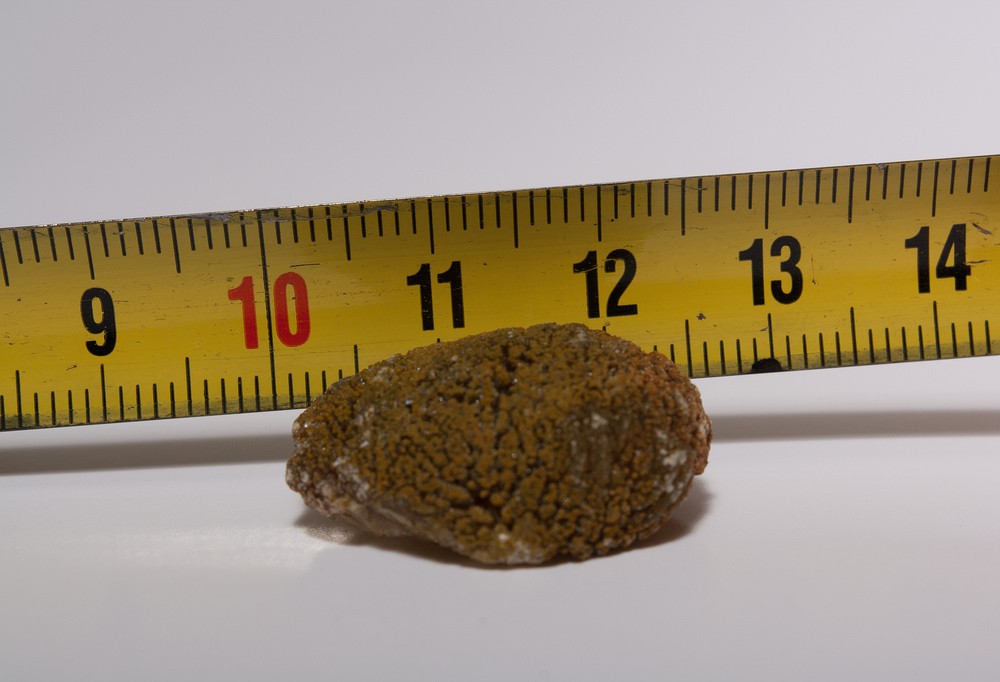
Gallstones
Cholelithiasis, or gallstones, is a condition which is again more common in women. While 8% of all men worldwide suffer from gallstones, in women this percentage goes up to 20%. In the US, 25% of women suffer from gallstones by the time they are 60 years of age and 50% of them develop the condition by the time they are 75 years old. It is said that “fat, fertile, females above forty” are more likely to develop gallstones. Women are believed to be at an increased risk because of the hormone estrogen. Estrogen stimulates the liver to remove more cholesterol from the blood stream. This cholesterol is then diverted into the bile where it may form gallstones. Risk of developing gallstones increases during pregnancy. There are times when the gall stones disappear spontaneously at the end of the pregnancy. It has also been seen that women on hormone replacement therapy are two to three times more likely to develop gallstones.
- Important notification about information and brand names used in this slideshow!
- Photo courtesy of Szalai István by Flickr : www.flickr.com/photos/26439321@N06/4356313752
- www.nytimes.com/health/guides/disease/gallstones/risk-factors.html
- http://www.empowher.com/bladder-infection/content/gallstones-why-women-get-them-and-what-they-can-do-about-them

Migraine
Around 18% to 25% of women worldwide suffer from migraine. The ratio of men to women suffering from migraine is 1:3. According to researchers from the UCLA, the waves of brain activity which cause migraine are triggered much faster in women compared to men. A study published in the journal Brain has found that the anatomical differences between the brains of men and women may be responsible for the higher rate of migraine seen in women. Researchers from the Harvard Medical School have found that the posterior insula of the brain which is the part that plays an important role in processing pain, and the precuneus brain regions which are responsible for who a person perceives himself, are thicker in women. Although the intensity of pain associated with migraine is similar in both men and women, in the latter it tends to be more unpleasant.
- Important notification about information and brand names used in this slideshow!
- Photo courtesy of Gisela Giardino by Flickr : www.flickr.com/photos/gi/105903652/
- www.sciencedaily.com/releases/2007/08/070806094703.htm
- http://www.huffingtonpost.com/2012/08/14/migraines-women-common-men-brain_n_1777155.html
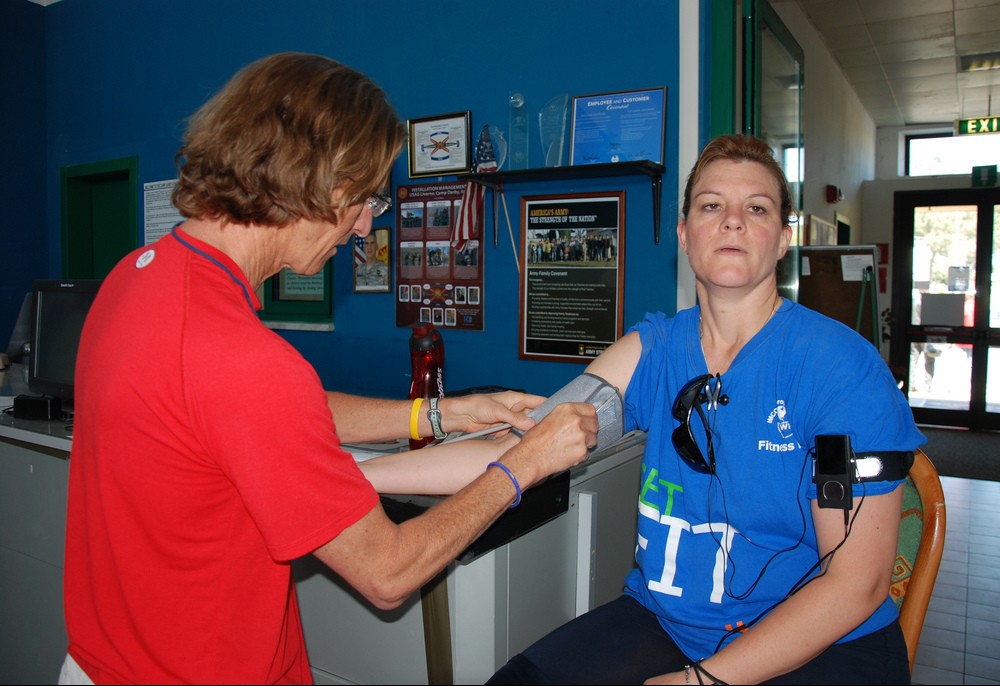
High blood pressure
Most people think that it is the men who generally suffer from hypertension. However, according to statistics, post-menopause, the incidence of hypertension in women is much higher than that in men. In fact, while only 13% of women suffer from a high blood pressure during their fertile age, the incidence climbs up to 50% in women in their 60s. In women above the age of 75, a whopping 80% suffer from hypertension. According to experts, a systolic pressure of 140 mm of Hg or more is more dangerous than a diastolic pressure of 90 mm of Hg or more. It has been seen that in elderly women, it is the systolic pressure which is more likely to be elevated, compared to men. This increases their chances of suffering from heart disease. It is now believed that estrogen has a protective effect on the blood pressure and decreasing levels of estrogen are related to increased blood pressure in older women.
- Important notification about information and brand names used in this slideshow!
- Photo courtesy of USAG Livorno PAO by Flickr : www.flickr.com/photos/campdarby/5725935376/
- www.huffingtonpost.com/2013/08/05/health-conditions-women_n_3695162.html
- http://www.medicinenet.com/womens_health/page4.htm
- http://www.heart.org/HEARTORG/Conditions/HighBloodPressure/UnderstandYourRiskforHighBloodPressure/High-Blood-Pressure-and-Women_UCM_301867_Article.jsp
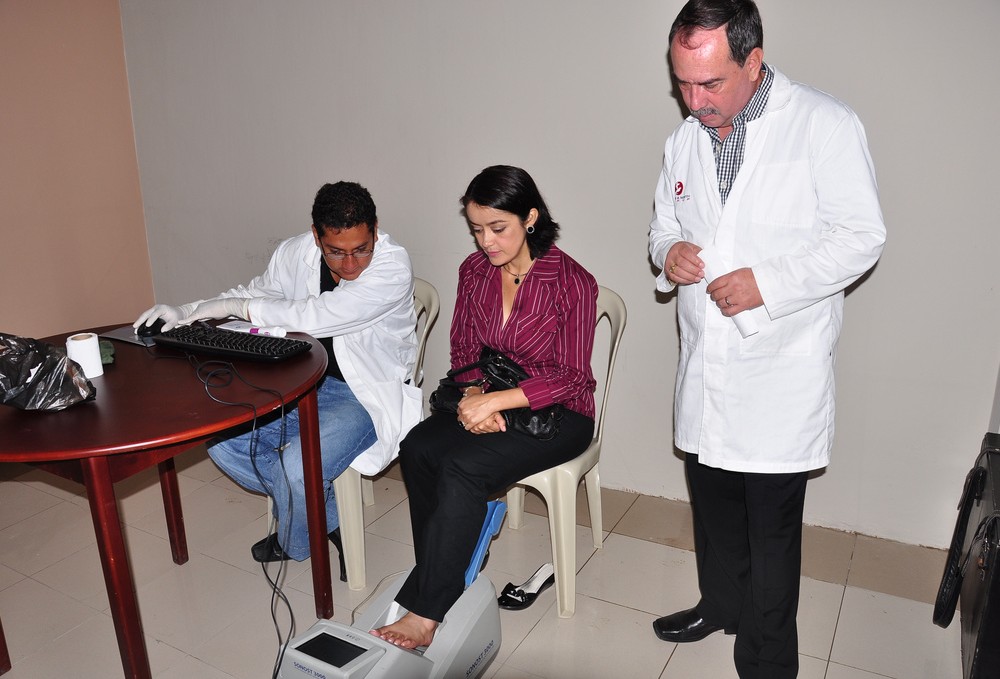
Osteoporosis
Although osteoporosis can affect both men and women, the condition is exceedingly common in women. According to various studies, one in every two women above the age of 50 suffers from a fracture which can be attributed to osteoporosis, during her lifetime. Women above 50 are four times more likely to suffer from osteoporosis compared to men. By the time they reach the age of 65, they tend to lose almost half of their total bone mass. Osteoporosis in women has a direct relationship with the decreased levels of estrogen after menopause. It has been seen that in the post-menopausal phase of a woman’s life, the rate of bone resorption is much more than the rate of bone production. Any condition, which may lead to early menopause, increases the chances of developing osteoporosis.


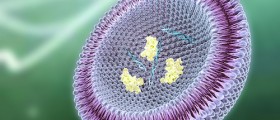










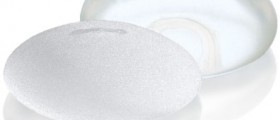

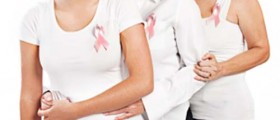





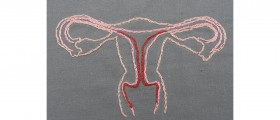
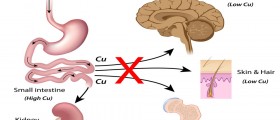
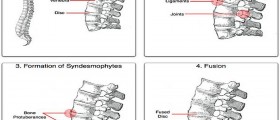



Your thoughts on this
Loading...